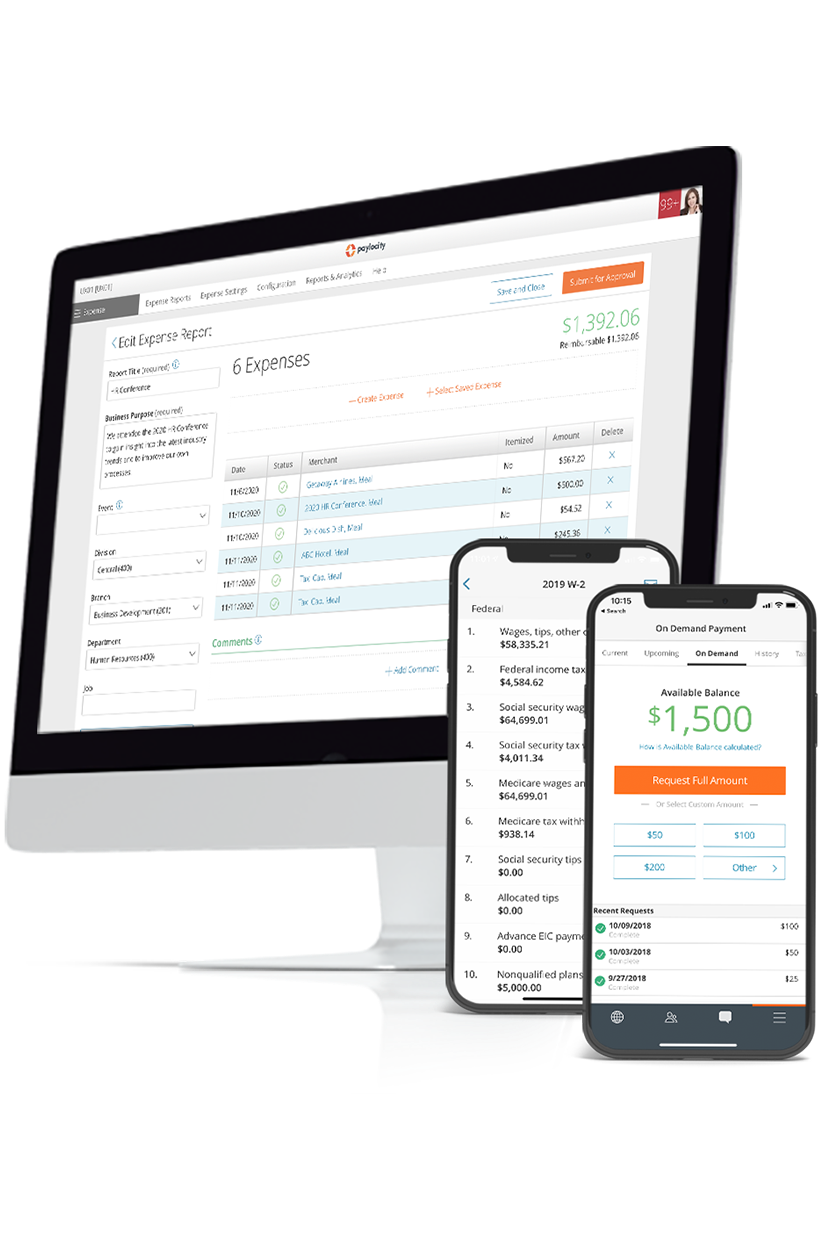Audit Trail
Summary Definition: A chronological, detailed record of transactions and financial activities, carefully maintained to ensure an organization’s data is accurate, verifiable, and traceable back to its source.
What is an Audit Trail?
An audit trail (a.k.a. audit log) is a chronological record of all transactions and financial activities within an organization used to ensure the accuracy and integrity of the company’s financial data. Effective audit trails must be both comprehensive and tamper-proof.
The information within an audit trail can be used to prepare financial reports, find purchase discrepancies, support reconciliation or compliance efforts, prevent fraud, and facilitate internal reviews of accounting records.
Depending on a company’s size and spend management, manually creating an audit trail without the assistance of an audit trail platform or software can be complicated and time-consuming. Therefore, organizations sometimes partner with spend management platforms that offer automated audit trail tools.
Key Takeaways
- An audit trail is a secure, chronological record of financial transactions and activity that supports data accuracy, accountability, and fraud prevention.
- Audit log scope and complexity vary based on organizational needs and characteristics, such as overall size, budget constraints, and industry regulations.
- To implement an effective audit trail, organizations should ensure each log captures essential transaction details and is supported by cybersecurity measures like role-based access controls.
Audit Trail Benefits
Audit trails provide several benefits by strengthening financial data's accuracy, completeness, and reliability, an essential component for informed decision-making, budgeting, and forecasting. Moreover, they also play a critical role in reducing fraud by capturing detailed records that can reveal unusual or suspicious activity.
Finally, detailed audit logs support regulatory and internal policy compliance by offering verifiable documentation often required in formal reviews or reports. Thus, maintaining precise logs is a financial best practice and a common regulatory requirement for budgetary transparency and accountability.
Audit Log Contents
A well-structured audit trail should contain clear, precise entries that, at minimum, capture the following details for each transaction:
- Date and time
- Accurate description
- Precise amount
- Who initiated and approved the transaction
- A thorough history of changes or updates made to the log
Furthermore, for an audit log to be effective, it must safeguard this information against unauthorized access or tampering via security controls, such as privileged access management (PAM) or role-based access control (RBAC). Random checks for accuracy and efficiency are also encouraged to ensure the log’s reliability
Implementing Audit Logs
Establishing audit logs requires several key factors that ultimately shape the final log’s design and use. For instance, the organization’s size and operational complexity should affect how extensive the log needs to be. Industry-specific regulations may also dictate particular requirements, especially in highly regulated sectors.
Finally, the organization’s available budget and resources should also be considered, as more nuanced systems and platforms may need greater setup and maintenance costs.
Audit Log Example
Based on a standard purchase order process, an efficient audit log of the following steps would capture each step’s date and time, who was involved, a description of what occurred, and the order’s status based on the step:
- Employee A places an order for printer paper.
- The purchase order goes to the office supplier.
- The office supplier ships the requested boxes of paper and sends the company an invoice.
- Employee A receives the shipment and enters the invoice in the company’s enterprise resource planning (ERP) system.
- The system matches the entered invoice with the recorded purchase order.
- Manager A approves the matched invoice for payment.
- The company sends payment to the office supplier.
Related Glossary Terms

Save Time with Stress-Free Payroll Solutions
Payroll doesn’t have to be complicated, but it does have to be right. Stay compliant, collect employee data, and streamline tax filing – all while putting time back in your day with our automated payroll software. With the assurance of an error-free workflow, you can get back to what matters most – your people. Learn how our modern solutions get you out of the tactical and back to focusing on the bigger picture.